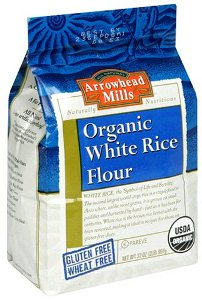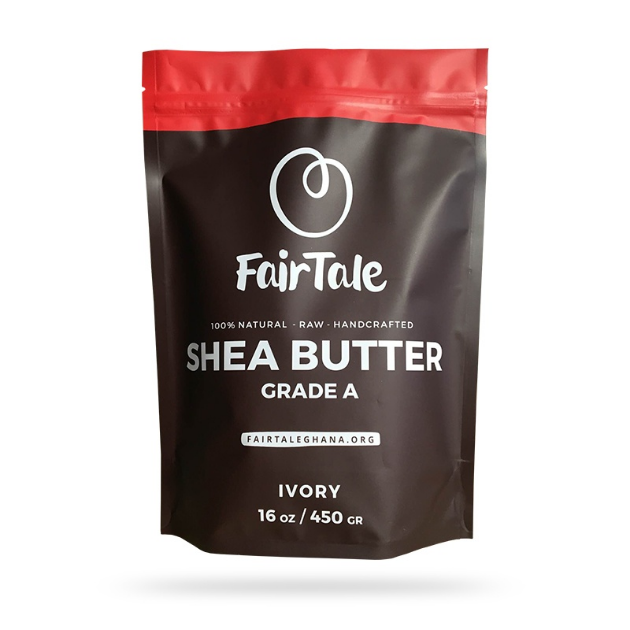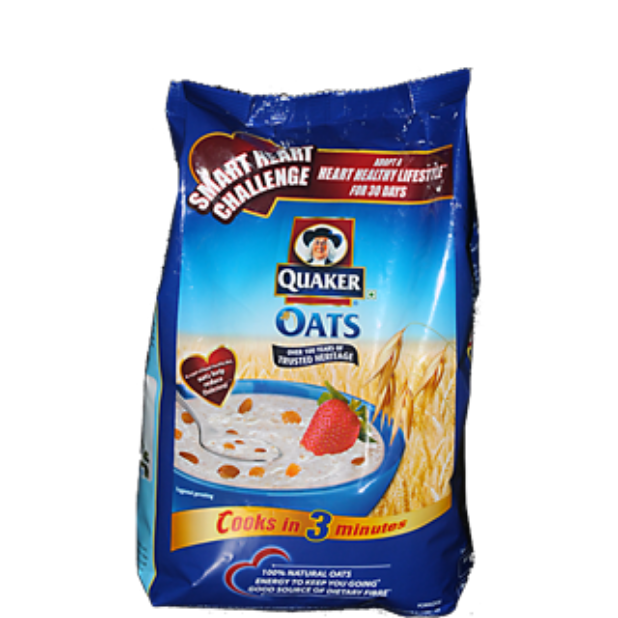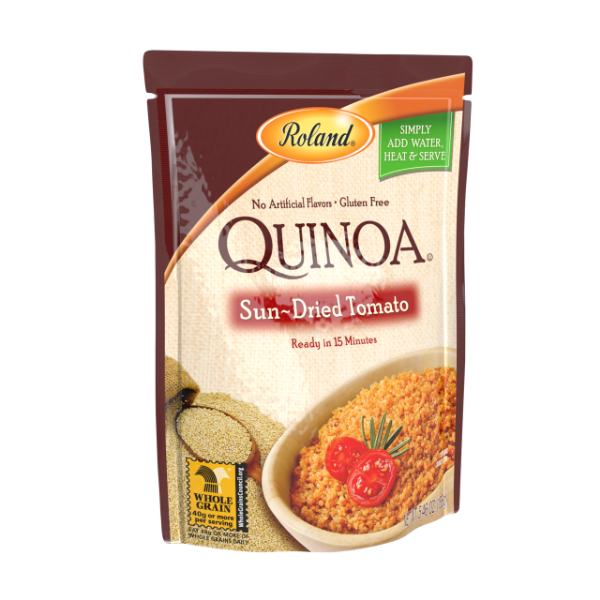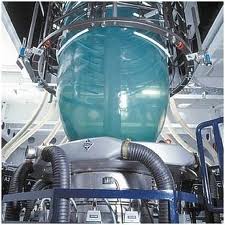 Stand up pouches are made from multiple layers of scientifically engineered film that individually do very little until they are laminated with other films to create the barrier properties, puncture resistance, standing strength, etc that make a stand up bag so special. However, before we can really explain the construction of a stand bag, we need to make sure we start at the beginning with a recap. In Part One, we explained how film, basic down and dirty film is made from pellets or beads of resin then heated and expanded and blown into massive bubbles that are then wound into sheets and rolls of film. All good so far?
Stand up pouches are made from multiple layers of scientifically engineered film that individually do very little until they are laminated with other films to create the barrier properties, puncture resistance, standing strength, etc that make a stand up bag so special. However, before we can really explain the construction of a stand bag, we need to make sure we start at the beginning with a recap. In Part One, we explained how film, basic down and dirty film is made from pellets or beads of resin then heated and expanded and blown into massive bubbles that are then wound into sheets and rolls of film. All good so far?
The film we described yesterday was known as mono or single layer extruded film. The best explanation would be a baker making a cake using a certain recipe or blend of ingredients. This blend would determine if the mono or single layer is food grade, or made from recycled beads of resin that while strong aren't suited to touch food in any way. Another way of making film is to co-extrude it, meaning to include additives and chemicals that cause the film to react a different way. Instead of going into technical mumbo jumbo, just imagine co-extruded film is a different list of ingredients that ultimately make a different type of film in the end.
As you can imagine, just like there are lots of recipes to make different cakes, there are lots of recipes to create different types of film. While this post didn't describe stand up pouches in great detail, that will happen tomorrow. However, right now, you should have a clearer understanding that first and most important, the start any bag is the type of film used to create it.
Where the magic happens for stand up bags is how different layers are laminated and joined together which create strength, durability, and incredible barrier properties that can replace more costly type of packaging while keeping the contents fresher for longer. Part Three tomorrow will wrap this all up.
Want to learn more?

